(659 products available)

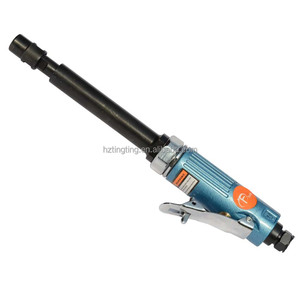


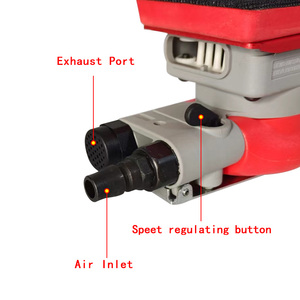



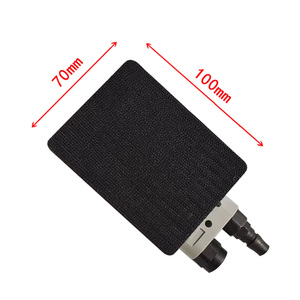












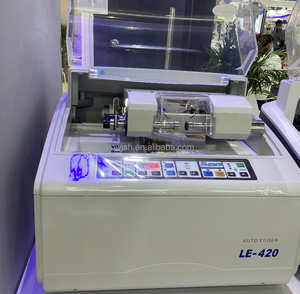










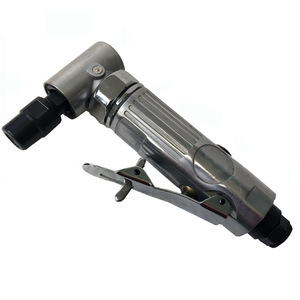


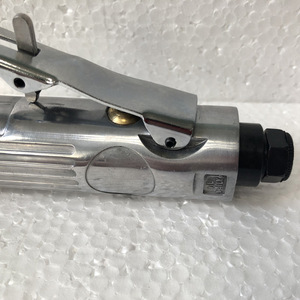

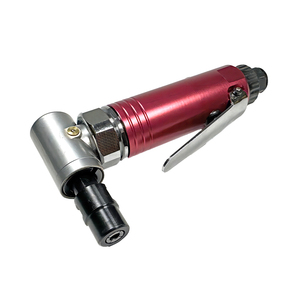

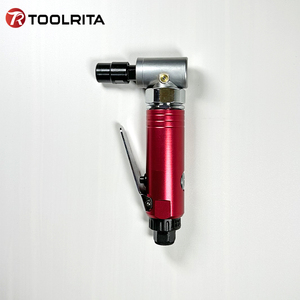
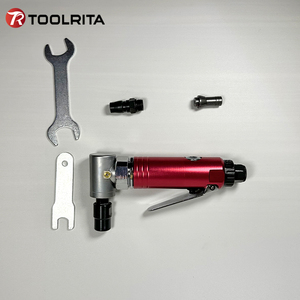




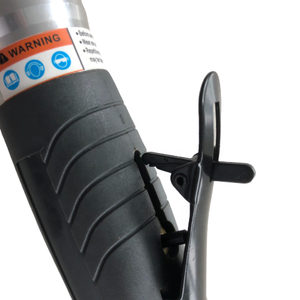




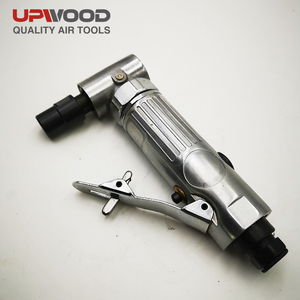

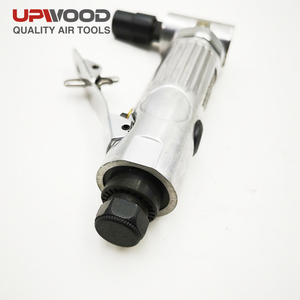
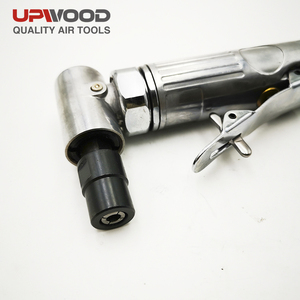













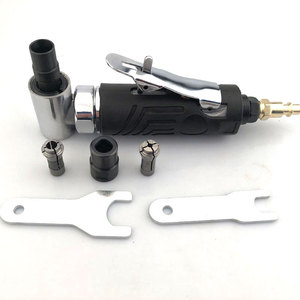







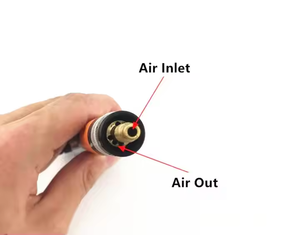


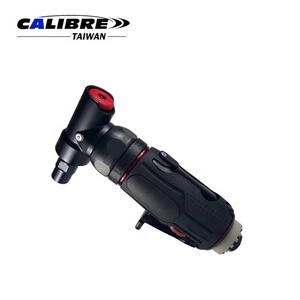











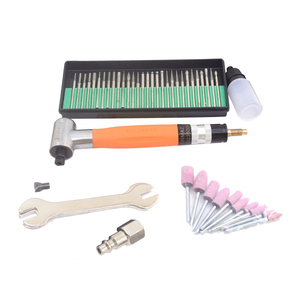


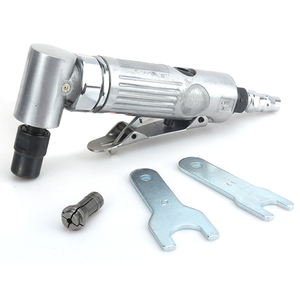

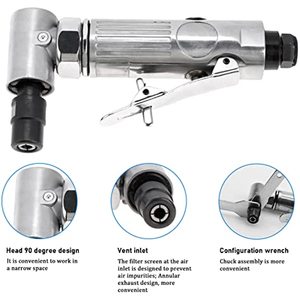




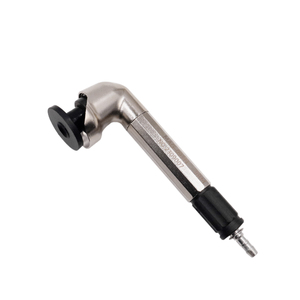

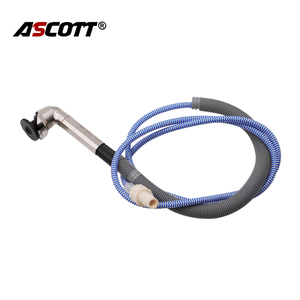


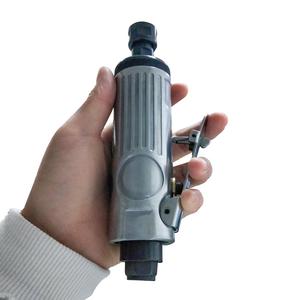


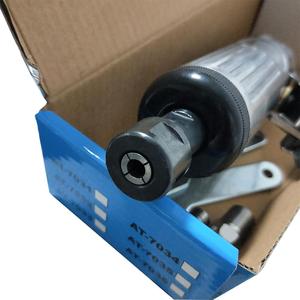
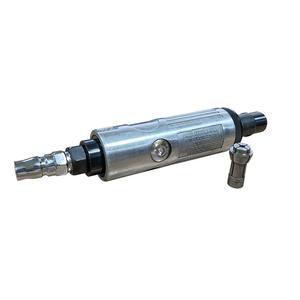


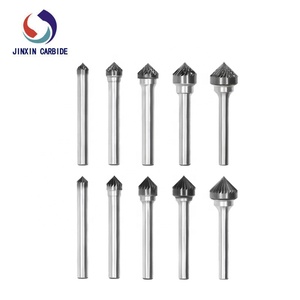
















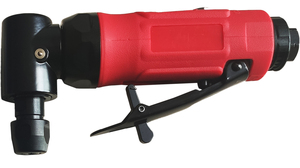






![[Handy-Age]-1/4" Professional Pneumatic Angle <strong>Die</strong> <strong>Grinder</strong> (AT0400-001)](http://s.alicdn.com/@sc04/kf/U658e521acc224fcba198bb4548580a96s.jpg_300x300.jpg)
![[Handy-Age]-1/4" Professional Pneumatic Angle <strong>Die</strong> <strong>Grinder</strong> (AT0400-001)](http://s.alicdn.com/@sc04/kf/UTB8ykKrjevJXKJkSajhq6A7aFXa0.jpg_300x300.jpg)
![[Handy-Age]-1/4" Professional Pneumatic Angle <strong>Die</strong> <strong>Grinder</strong> (AT0400-001)](http://s.alicdn.com/@sc04/kf/UTB8KWSujXfJXKJkSamHq6zLyVXaQ.jpg_300x300.jpg)
![[Handy-Age]-1/4" Professional Pneumatic Angle <strong>Die</strong> <strong>Grinder</strong> (AT0400-001)](http://s.alicdn.com/@sc04/kf/UTB8uCXkDCnEXKJk43Ubq6zLppXa9.jpg_300x300.jpg)
![[Handy-Age]-1/4" Professional Pneumatic Angle <strong>Die</strong> <strong>Grinder</strong> (AT0400-001)](http://s.alicdn.com/@sc04/kf/UTB8yQKrjevJXKJkSajhq6A7aFXaw.jpg_300x300.jpg)
![[Handy-Age]-1/4" Professional Pneumatic Angle <strong>Die</strong> <strong>Grinder</strong> (AT0400-001)](http://s.alicdn.com/@sc04/kf/UTB8nIPgC8ahduJk43Jaq6zM8FXaw.jpg_300x300.jpg)
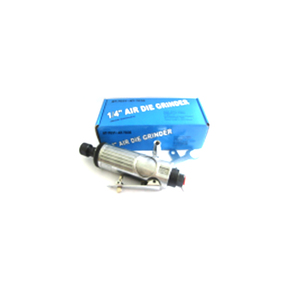


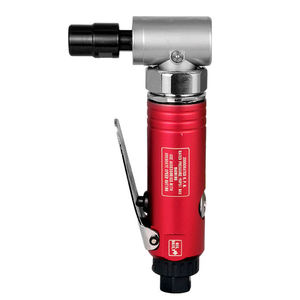
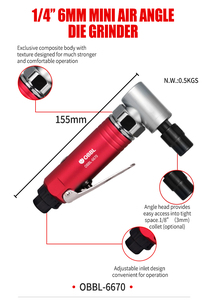

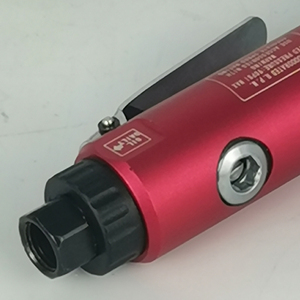

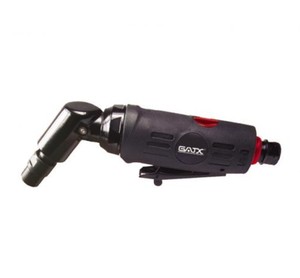

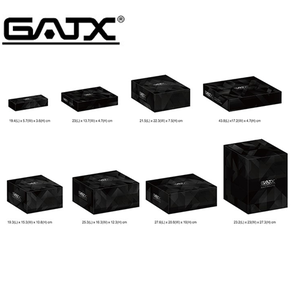
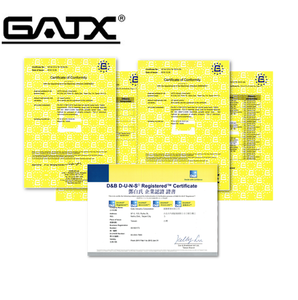

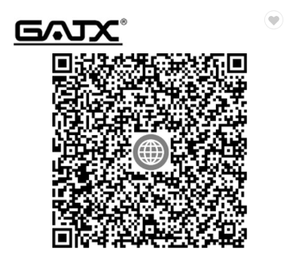

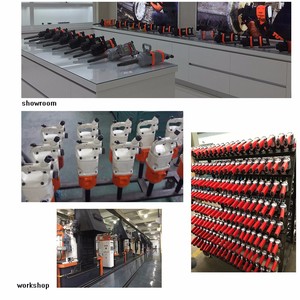
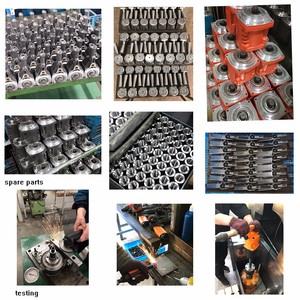





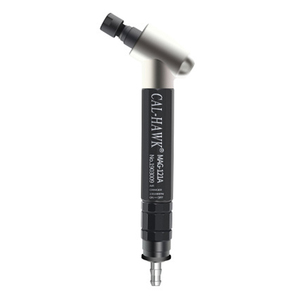
There are different types of 90-degree die grinders, each suitable for specific needs. The choice depends on what one plans to work on, whether it is on metal, wood, or other materials, and the health of the equipment to be used for the job smoothly and professionally.
These grinders are powered by electricity and are mechanics' favorite due to their strength and home usage. They are convenient to handle since there is no need to keep any batteries, although they must be connected to a power outlet. Electric 90-degree die grinders usually have high torque and speed, which are practical for heavy grinding tasks and are essential for long periods of operation.
One of the most important features of pneumatic die grinders is that they use compressed air as a power source. These grinders are widely used in large inquiries that require mowing since compressed air gives high efficiency and a controlling peak. They are also excellent in places where work is valiant because they do not overheat, unlike electric grinders. However, one thing to keep in mind is that air compressors are essential for operating pneumatic die grinders.
Battery-operated power tools are based on a battery source, eliminating cable attachments. They are suitable for grinding tasks performed in inaccessible areas, such as outdoors or on specific surfaces that cannot be reached by electric or pneumatic grinders due to the laws of physics. The disadvantage of battery-powered tools is the restricted usage of a single tool due to battery depletion.
90-degree die grinders have extra work, which makes them useful in several industries due to their agility in fine finishing and sharpening of surfaces. This tool is usually employed in the following sectors:
In the metal industry, 90-degree die grinders perform polishing, sharpening, and deburring operations on metal products. The pneumatic size die grinders are common since large production involves using machines. The tools are engaged in smoothing welding zones and erasing rust and other unwanted materials, making the metals last longer and eventually looking better.
Die grinders are 90 degrees and are common in the automotive sector due to the polishing, sharpening, and honing of engines and several other parts. They are employed to remove unfavorable materials and refine internal engine components, such as camshafts and cylinders. These are commonly used in this field, pneumatic die grinders, which will not overheat during long grinding sessions.
Virtually all industries that deal with metals will use 90-degree die grinders to finish the metal surface by polishing or sharpening. It is common for these industries to prefer pneumatic die grinders for large production work because it is fast, and air does not heat up during use. Die grinders are the tools of choice for deburring, edge tightening, and maintaining complex parts such as turbine engines and structural components in aerospace and automakers industries, among others.
In manufacturing, die grinders are used in machining to finish materials, enhance polishing, and guarantee the accuracy of parts used in the machines. They are commonly used in CNC machine shops to scrape and smooth the edges of convenience plastic parts and other materials. Electric and battery-operated grinders are used because they are more flexible for one-off machining tasks.
90-degree die grinders are valuable in the carrying out of polishing, carving, and engraving processes in the jewelry trade. Electric and pneumatic versions of die grinders are used to shape metals and stones and achieve a reflective surface that may be required for the end product. These tools help finish delicate work in this industry, making the items appealing and durable.
The key features of the 90-degree die grinders highlight the specific requirements of each customer's desire and the nature of the problem at hand.
Collet sizes in a die grinder hold the attached bits or attachments and are offered in various sizes, such as one-fourth of an inch, one-eighth of an inch, and one-half of an inch. This size difference means that the collet will accept bits of different shank diameter sizes so that they fit nicely. In this case, for general work, a collet size of one-eighth of an inch is ideal since it can accommodate many attachments. A larger length is suitable for heavier bits, while the smaller length is for finer work. The collet size in die grinders guarantees flexibility in using different burr and tool types.
The speed of the motor, measured in revolutions per minute, or simply RPM, indicates the rotational speed of the die grinder tool. It shows how quickly the grinder can spin the bit or attachment. Higher RPM numbers indicate that the tool can handle heavy-duty grinding. Lower RPM is ideal for those tasks requiring little rotation, such as polishing thin metals. The speed ensures that the grinder selected applies to the job since different jobs need different speeds.
This output is measured in horsepower or watts, and since there is no tendency to overheat, many users favor pneumatic ones. More power means strong tunneling, suitable for heavy cutting and sharpening tasks. A machine with less power is suitable for such a job, but it is more appropriate for fine-tuning and is less demanding in huge grinding.
Die grinders employ specific angled attachments that include grinding bits, polishing pads, sanding discs, and tungsten carbide burrs. Various attachments are used for specific jobs: grinding and sharpening for polishing and sanding, burs for carving, and hooting for engraving and cutting. Choosing the right attachment is important to ensure the die grinder performs as expected.
Most modern 90-degree die grinders are ergonomically designed features such as slip-free grips to enhance comfort and even more so when used for a long time. This reduces fatigue and thus enables longer work without losing effectiveness. Weight and balance are also brought into consideration, as light tools will easily carry around without much stress.
The collet of the die grinder plays an essential function by holding and securing attachments in place during operation. To change the collet, the first step is to turn and unplug the die grinder to avoid any accidents. The collet nut should then be removed by an adjustable wrench or a spanner. Once it is taken out, the collet can be taken out of the motor shaft. The new collet is placed by putting it in the right place, followed by putting the collet nut back in place and tightening it well but don't overdo it.
The appropriate one can be identified with a few easy steps when selecting a 90-degree die grinder for specific tasks. Consider the following aspects:
One should determine the materials to work on to choose the most suitable die grinder. In industries such as automobile or aerospace, where there is a need to do something on a strong and thick metal, a pneumatic grinder would be appropriate. In comparison, electric or battery-operated models are fine for less intensive jobs such as polishing or engraving soft metals.
In inquiries with high demand or continuous action, durability susceptibility should be emphasized. Pneumatic die grinders are considered stronger since they do not overheat and can work for long hours without a break. Electric models are durable, although overheating is likely without appropriate ventilation when left for long.
In some cases, portability is crucial, especially when working on-site or in hard-to-reach places. In such circumstances, the battery-powered and corded electric grinders can be used. However, with the air compressor requirements, the pneumatic grinders can be cumbersome because of this additional attachment.
In industries such as jewelry or aerospace, tasks require a high degree of precision and control. Pneumatic die grinders are preferred for being smooth, although they must be controlled with a regulator to make the adjustments. Electric grinders are also precise; they have variable speed control that enables speed adjustment according to the nature of the job.
The cost of the die grinder should be weighed against operational costs over time and investment costs. Battery-powered and pneumatic die grinders are generally more costly due to the additional equipment for compressed air. Electric grinders are less expensive, but they can incur extra costs due to the frequent change of tools because of wear and tear in high-demand applications.
The important characteristics of a die grinder that should be considered are collet size, motor speed, power output, and attachment compatibility. The attachments should fulfill the grinding needs of the industry and particular details.
In large industry work where high volume is required, pneumatic die grinders, are the preferred choice known for their durability and continuous operation without overheating.
battery-operated die grinders are appropriate for less intense industrial tasks that require portability or accessibility to unreachable areas. Besides, they are not practical for prolonged use due to battery life concerns.
To keep 90-degree die grinders in good condition, one should regularly clean them, lubricate the parts that need to be lubricated, and check for wear on attachments or bits to avoid problems.
One of the main benefits of pneumatic die grinders is that they do not tend to overheat as electric motors do when utilized for heavy-duty applications; thus, they can work continuously.